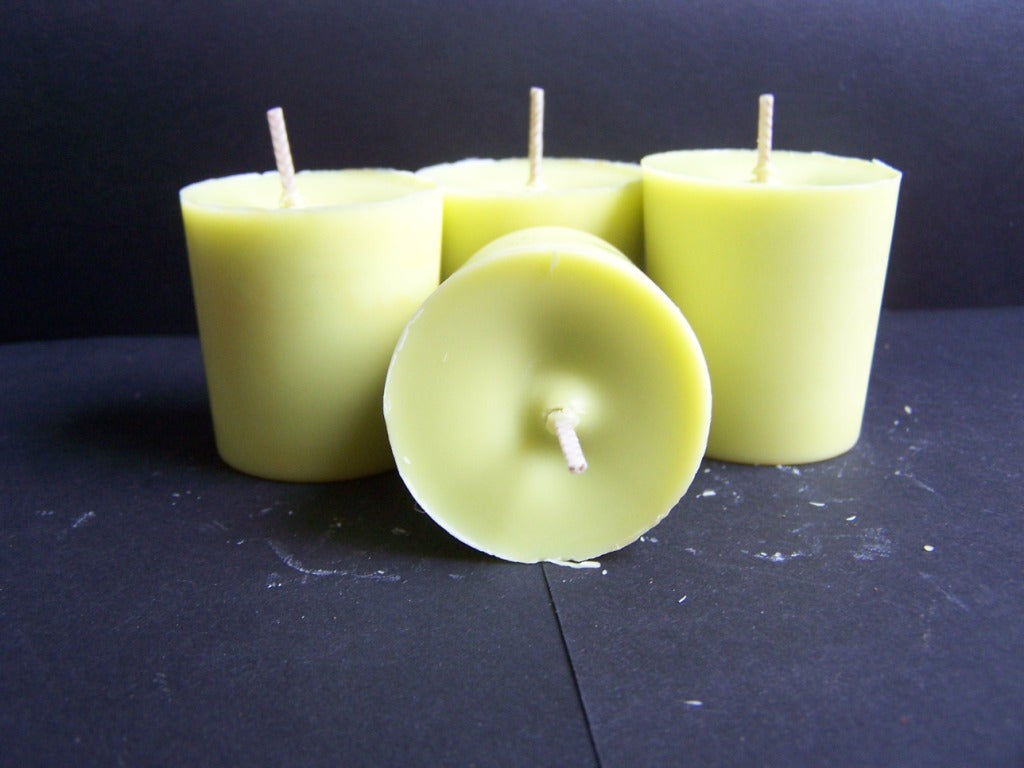Boost Your Room with Costs Soy Wax Candles and Home Fragrance
From Wick to Wax: Comprehending the Chemistry Behind Soy Wax Candles and Their Environmental Impact
As we illuminate our spaces with the cozy radiance of candle lights, there lies a world of complex chemistry behind the seemingly basic act of lighting a soy wax candle light. Join us as we unwind the scientific details behind soy wax candle lights and explore their implications on our setting.
Soy Wax Vs. Paraffin Wax
When contrasting soy wax and paraffin wax for candle production, it is important to comprehend the unique attributes and advantages of each product. Soy wax is a natural, renewable source originated from soybean oil, making it environment-friendly and eco-friendly - soy candles. In comparison, paraffin wax is a result of oil refining, which increases worries regarding its ecological influence and sustainability
Soy wax candle lights melt cleaner and discharge much less soot contrasted to paraffin wax candle lights, making them a healthier option for interior air quality. Additionally, soy wax has a reduced melting factor, permitting a longer-lasting candle that disperses fragrance much more efficiently. Paraffin wax, on the other hand, has a tendency to melt faster and less cleanly, possibly launching dangerous chemicals into the air.
From a sustainability point of view, soy wax is favored for its biodegradability and sustainable sourcing, straightening with the expanding consumer choice for ecologically mindful products. While paraffin wax has actually been a standard selection in candle making due to its affordability and convenience of usage, the change towards environment-friendly alternatives like soy wax is gaining energy in the sector.
Chemical Make-up of Soy Wax

Burning Refine in Soy Candles
The chemical composition of soy wax straight affects the burning process in soy candle lights, impacting elements such as melt time, scent release, and ecological influence. When a soy candle light is lit, the heat from the flame melts the wax near the wick. This liquid wax is after that created the wick due to capillary action. As the liquid wax reaches the flame, it goes through and vaporizes burning. The combustion process entails the vaporized hydrocarbons in the wax reacting with oxygen airborne to produce heat, light, water vapor, and carbon dioxide.
The combustion efficiency of soy candles is affected by the purity of the soy wax and the quality of the wick. Additionally, soy wax candle lights have a reduced environmental effect contrasted to paraffin candle lights due to their sustainable and biodegradable nature.

Environmental Advantages of Soy Wax

Considered a lasting choice to standard paraffin wax, soy wax offers remarkable environmental advantages that make it a prominent choice among eco-conscious consumers. One browse this site considerable benefit of soy wax is its eco-friendly sourcing. Soy wax is stemmed from soybean oil, which is mainly grown in the United States. The farming of soybeans helps sustain regional farmers and lowers the dependence on non-renewable fossil fuels made use of in paraffin wax manufacturing. In addition, soy wax is biodegradable, suggesting it damages down normally without releasing unsafe toxic substances into the atmosphere. This characteristic makes soy wax candle lights a much more eco-friendly alternative contrasted to paraffin wax candle lights, which are made from oil, a non-renewable my company resource. Soy wax burns cleaner and generates much less soot than paraffin wax, contributing to much better interior air quality and minimizing the need for cleansing and maintenance. On the whole, the environmental advantages of soy wax align with the growing need for sustainable and green products in the market.
Recycling and Disposal Considerations
Recycling and correct disposal of soy wax candles play a vital duty in maintaining environmental sustainability and lowering waste in households and communities. When it comes to reusing soy wax candles, the very first step is to ensure that the candle has actually burned totally.

In terms of disposal, if recycling is not an option, soy wax candles are biodegradable and can be securely disposed of in a lot of household waste systems. Nonetheless, it is always advised to check with local recycling facilities or waste monitoring solutions for particular standards on candle light disposal to make certain appropriate handling and environmental management.
Conclusion
In conclusion, the chemistry behind soy wax candles reveals their ecological advantages over paraffin wax candles. Soy wax, obtained from soybean oil, burns cleaner and generates much less residue when contrasted to paraffin wax.
When comparing soy wax and paraffin wax for candle production, it is crucial to understand the unique attributes and benefits of each material (soy wax candles).Soy wax candles melt cleaner and emit less soot compared to paraffin wax candles, making them a much healthier selection for indoor air quality.Thought about a sustainable option to typical paraffin wax, soy wax supplies noteworthy environmental benefits that make it a popular choice among eco-conscious consumers. Soy wax burns cleaner and creates less soot than paraffin wax, adding to far better indoor air high quality and lowering the demand for cleansing and upkeep.In verdict, the chemistry behind soy wax candle lights reveals their environmental benefits over paraffin wax candle lights